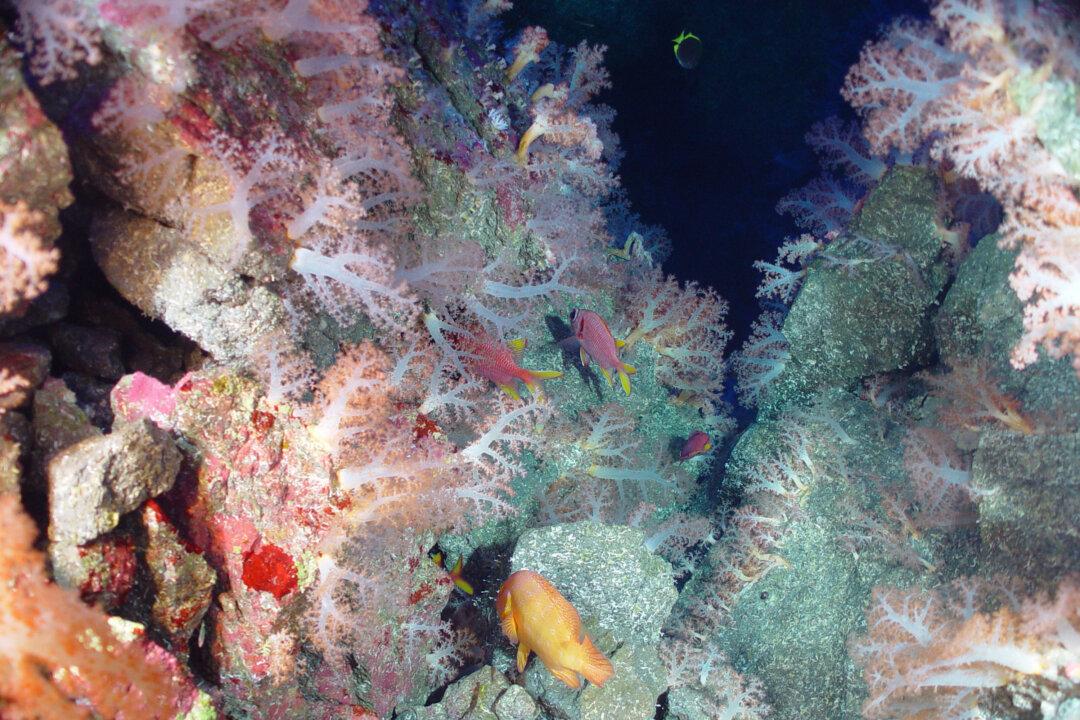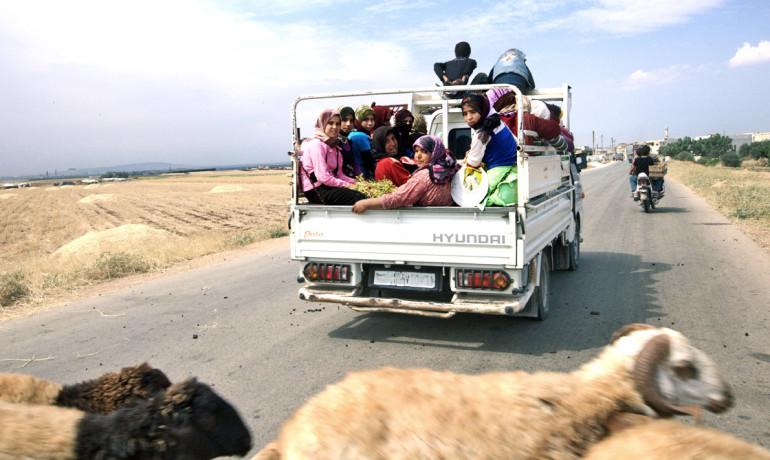Recent outbreaks of Ebola, SARS, and other zoonotic infectious diseases that transmit from animals to humans have made the relationship between human disease and environmental management an especially hot topic.
In East Africa, community ecologist Hillary Young’s fieldwork has examined the direct impacts of human disturbance on landscape and wildlife, as well as a variety of factors affecting infectious disease risk.
Young posits that rodent-borne pathogens are likely to demonstrate the links between conservation and human health. In three recently published papers, she takes separate approaches to addressing the question of what human disturbance is doing to human health.
“I ask this overarching question in a variety of ways,” said Young, an assistant professor at University of California–Santa Barbara’s department of ecology, evolution, and marine biology.
“All three papers try to come at that question from different directions, and acknowledge that there is no single answer.
“We can disturb environments in myriad different ways, with diverse and cascading impacts across taxa—thus affecting disease risk in diverse and indirect ways,” she added.
“In order to move to a more predictive understanding of the relationship between disturbance and disease, we need to understand the nuances and the mechanisms of what’s going on, in order to understand which pathogens are likely to cause effects on human health and in what context.”



